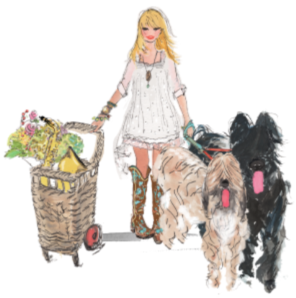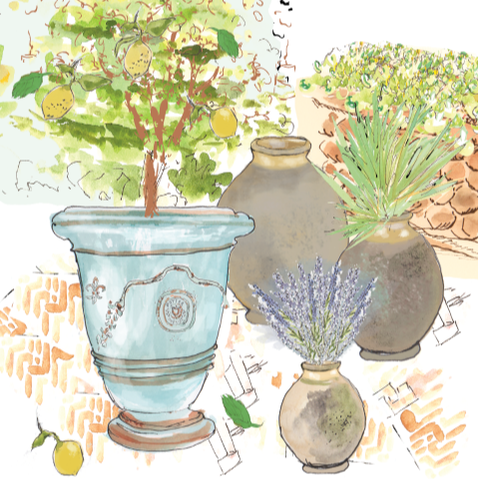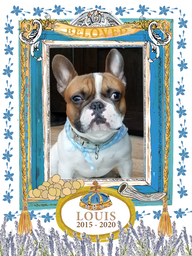|
Ever wonder whether it's a Rococo or Régence? Louis XV or Louis Philippe? A Bergère or Fauteuil? Each week, we will highlight a word, term, or phrase to help identify antique furniture, periods, and styles. CABRIOLE cab·ri·ole [kab-ree-ohl; French ka-bree-awl] noun, plural cab·ri·oles [kab-ree-ohlz; French ka-bree-awl] 1. Furniture. a type of furniture leg, a curved, tapering leg curving outward at the top and inward farther down so as to end in a round pad, the semblance of an animal's paw, or some other feature: used especially in the first half of the 18th century. 2. Ballet. a leap in which one leg is raised in the air and the other is brought up to beat against it. Also called cabriole leg. Origin: 1775–85; < French: from cabrioler to caper, leap like a goat; so called because modeled on leg of a capering animal (see cabriolet) Printed in 1897, Bibliographisches Institut Leipzig Germany, as an illustration for the 5th edition of "Meyers' Konversations Lexikon" Furniture legs come in all shapes and sizes, and nothing symbolizes 18th century French furniture more than the iconic cabriole leg, a stylized representation of the rear leg of a leaping goat. This sinuous, double-curved form used in legs (and feet) of furniture, features the upper portion curving outward and the lower portion curving inward in a gentle "S" shape. Because of the double-curved form, cabriole legs are more difficult to make than straighter furniture leg and must be made from a solid piece of wood. While used extensively in French furniture, especially the Louis XV period of furniture design, the cabriole shape originated with the ancient Chinese and Greek furniture makers. It really became en vogue during the late 17th century when the English, Dutch, and French furniture makers introduced smoother, more curvy furniture styles than those used in medieval times. One of the most popular styles of legs, the cabriole leg has been used on a wide variety of furniture for the last several centuries. Found on chairs, tables, commodes, and even large, heavy armoires, cabriole legs vary in height and length depending on the piece. There's no mistaking the signature "S" shaped cabriole legs on Louis XV furniture. Besides being very attractive, the graceful, curved lines of the cabriole leg are also very practical. They create the balance needed to support heavy pieces of case furniture on slim legs without the use of stretchers, and can be used in formal or informal settings in both modern and traditional homes. Size most often determines whether pieces with cabriole legs have a chic and refined look or a more rustic feel. Provincial pieces such as farm tables with heavier or larger scale legs have a more casual, charming feel while pieces like small side tables with delicate, slender legs and ormolu ornamentation appear more sophisticated. Furniture historians often determine the origin of an antique based solely on the form and detail of its legs. Whether shapely or straight, legs provide important clues to the style and period of a piece, and French cabriole legs most often terminate in elaborately carved scrolled french toes, known as whorl feet, or pieds de biche, also known as hoof feet. What shape are your favorite legs? And do you like them all dressed up with ormolu and sabots? Or plain and simple with no decoration? Let us know! À Bientôt! post originally appeared on Lolo's French Bloguette
Copyright Lolo French Antiques eet More - All Rights Reserved
1 Comment
2/7/2022 09:57:41 am
Thank You for Sharing this informative article! Very well-written
Reply
Leave a Reply. |
Mimi Montgomery
When this self-described Francophile is not reading or writing about all things French, she's dreaming up charming new ways to showcase Lolo French Antiques et More or traveling to France with Lolo to buy delightful treasures for their store. Mimi, Lolo, and their new French Bulldog, Duke, live in Birmingham, AL. Archives
May 2024
Categories
All
SHOP ALL |
~ NEW SHIPMENT HAS ARRIVED!! ~
- HOME
-
SHOP ALL
-
NEW SHIPMENT
-
EXPLORE
-
ALLEZ ALLEZ
>
- DELIGHTFUL DO'S The 2024 New Year List
- DELIGHTFUL DO'S The 2023 Fall List
- DELIGHTFUL DO'S The 2023 Summer List
- DELIGHTFUL DO'S The 2023 Spring List
- DELIGHTFUL DO'S The 2022 Holiday List
- DELIGHTFUL DO'S The 2022 Fall List
- DELIGHTFUL DO'S The 2022 Summer List
- DELIGHTFUL DO'S The 2021 Fall List
- DELIGHTFUL DO'S The 2021 Summer List
- DELIGHTFUL DO'S The 2021 Spring List
- DELIGHTFUL DO'S The 2021 New Year's List
- DELIGHTFUL DO'S The 2020 Holiday List
- DELIGHTFUL DO'S The Spring List
- DELIGHTFUL DO'S The New Year's List
- DELIGHTFUL DO'S The Holiday List
- A TO Z GLOSSARY
- BLUEPRINT >
- FÊTES & FOLLIES >
- FRENCH TRADITIONS
- LOLO LOVES
- MEDIA MENTIONS
- TESTIMONIALS
- THREE FRENCH HOUNDS
- TIMELINE >
- TRAVEL >
-
ALLEZ ALLEZ
>
- ABOUT
- SALE
- BLOG
- 🔎 SEARCH
- HOME
-
SHOP ALL
-
NEW SHIPMENT
-
EXPLORE
-
ALLEZ ALLEZ
>
- DELIGHTFUL DO'S The 2024 New Year List
- DELIGHTFUL DO'S The 2023 Fall List
- DELIGHTFUL DO'S The 2023 Summer List
- DELIGHTFUL DO'S The 2023 Spring List
- DELIGHTFUL DO'S The 2022 Holiday List
- DELIGHTFUL DO'S The 2022 Fall List
- DELIGHTFUL DO'S The 2022 Summer List
- DELIGHTFUL DO'S The 2021 Fall List
- DELIGHTFUL DO'S The 2021 Summer List
- DELIGHTFUL DO'S The 2021 Spring List
- DELIGHTFUL DO'S The 2021 New Year's List
- DELIGHTFUL DO'S The 2020 Holiday List
- DELIGHTFUL DO'S The Spring List
- DELIGHTFUL DO'S The New Year's List
- DELIGHTFUL DO'S The Holiday List
- A TO Z GLOSSARY
- BLUEPRINT >
- FÊTES & FOLLIES >
- FRENCH TRADITIONS
- LOLO LOVES
- MEDIA MENTIONS
- TESTIMONIALS
- THREE FRENCH HOUNDS
- TIMELINE >
- TRAVEL >
-
ALLEZ ALLEZ
>
- ABOUT
- SALE
- BLOG
- 🔎 SEARCH


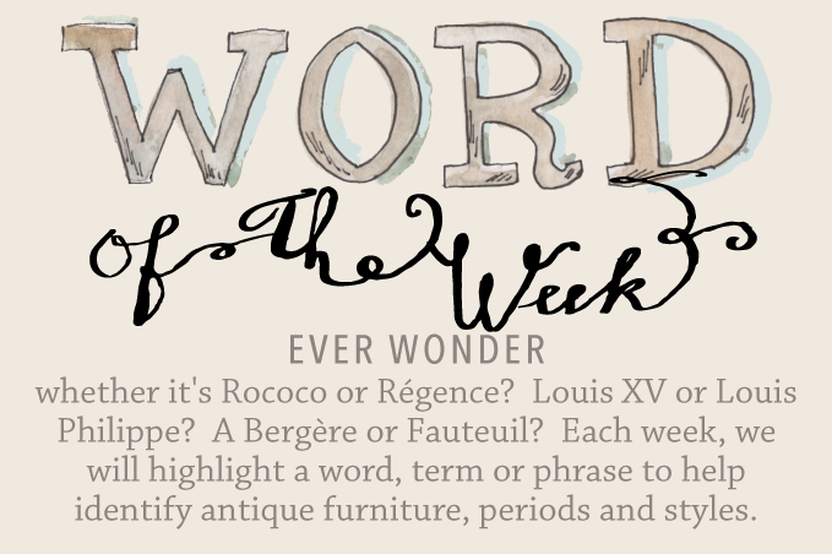
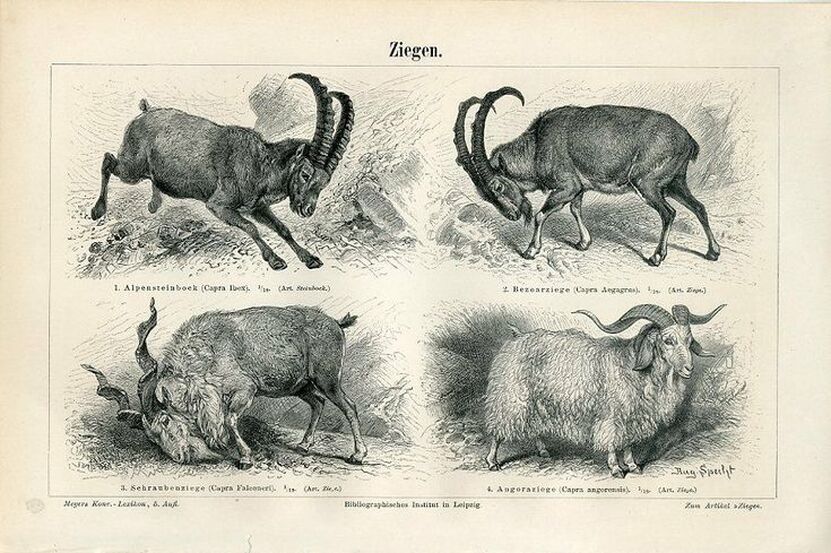
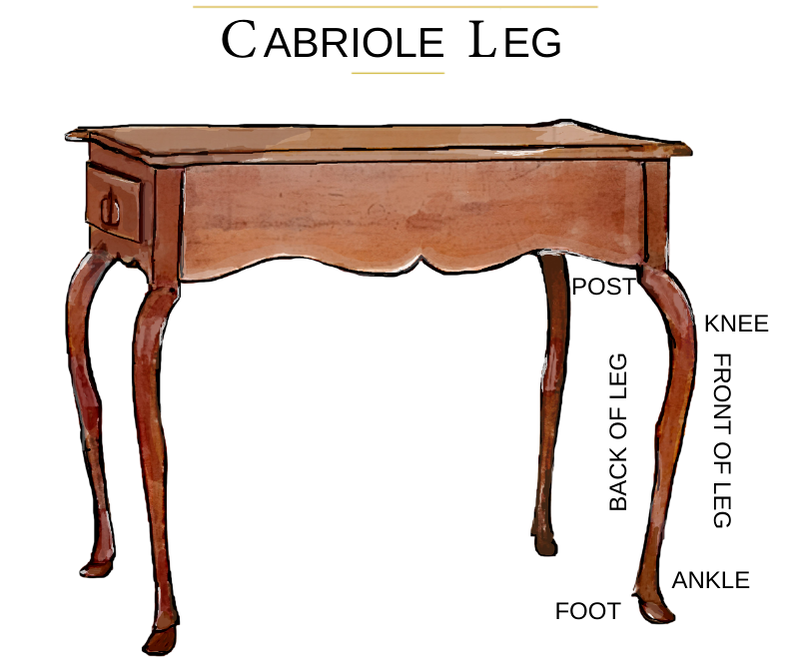
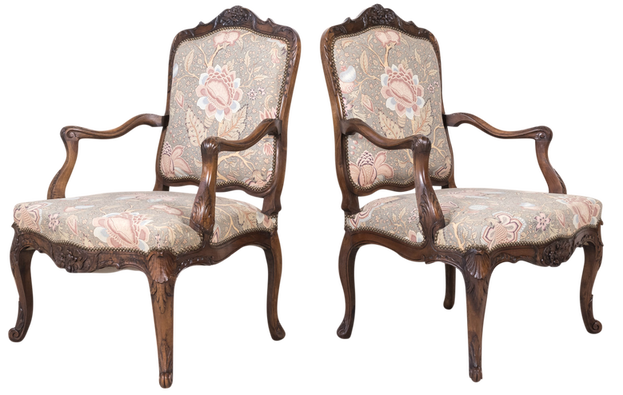
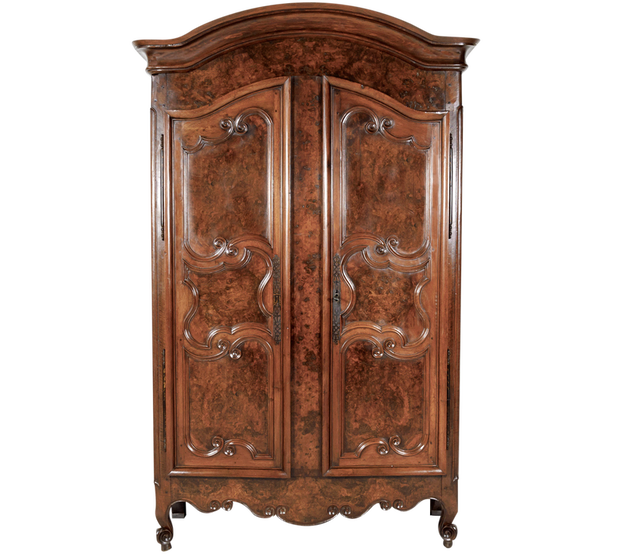
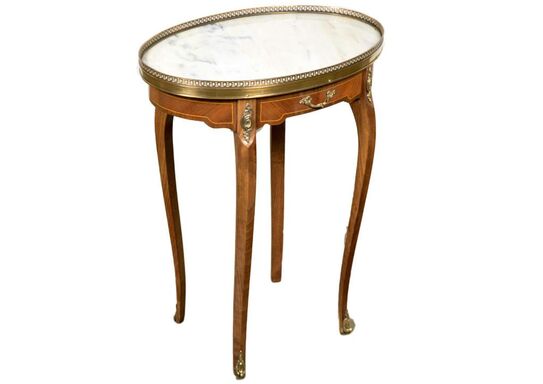
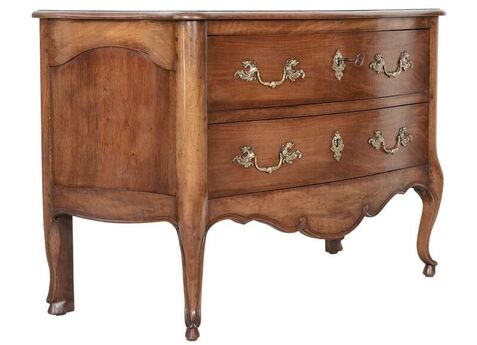
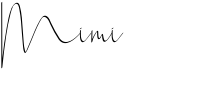
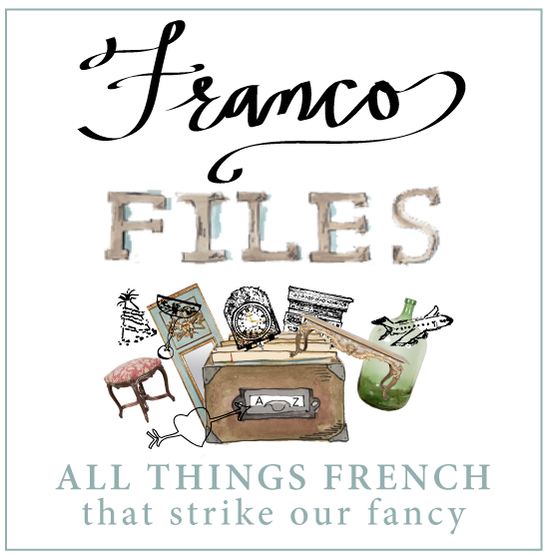

 RSS Feed
RSS Feed
